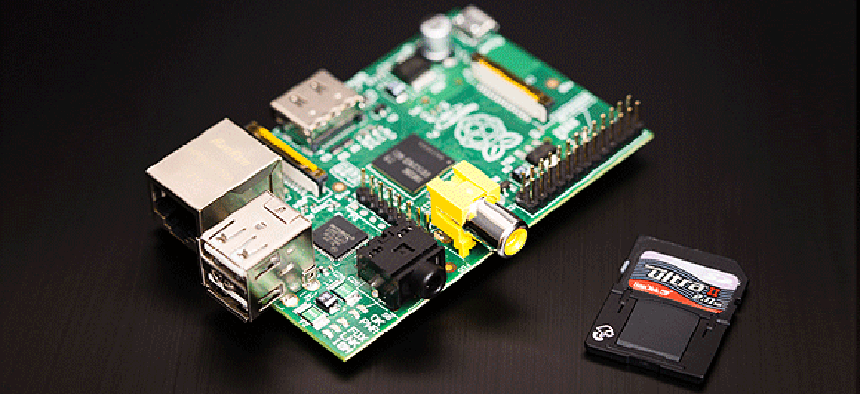Carving up the Raspberry Pi


Connecting state and local government leaders
The $25 computer is being put to a number of good uses. Could the public sector do the same?
Back in 2011, I wrote about a new kind of computer that game designer and engineer David Braben was developing that would cost just $25. Hot on the heels of the E2 Green PC, an effort that many people felt produced underwhelming results, folks were rightfully skeptical that anything worthwhile could be developed in the computing field for about the cost of a nice meal in a restaurant. Many of the people who commented on my original article made valid points about the limited type of display technology and networking options that could be attached to such a cheap PC.
Last December, however, the Raspberry Pi was made available for purchase and sold out in the initial run, and the Raspberry Pi Foundation went into a second production. One commenter that time around said he was able to pick one up, was impressed with its performance, and wondered if there were some potential government uses, such as storing the little computers inside a vault that could be unlocked to reestablish communications and infrastructure in the event of a disaster.
Since then, people have been coming up with a variety of ways to make use of the computer. CNN recently reported about some the amazing tasks the $25 computer is performing now thanks to its tech-savvy users. The list includes everything from displaying a train schedule to running an interactive network of weather and air quality stations. Some users even created their own private mobile phone network, driven by a single Raspberry Pi.
I think we tend to get a little too caught up sometimes in the speeds and feeds of the latest computing gear. Sure, if a Raspberry Pi can run an application, then a faster, more expensive computer can probably drive it better. (The Pi is about equivalent to a 300 Mhz Pentium 2 processor, though it can be overclocked to 800 MHz, according to Raspberry Pi’s FAQ.)
But if a solid $25 system can make things work, why not use it? I've not been able to find any purely public-sector applications that use a Raspberry Pi, though I can think of a few where it might fit in nicely. It could be used to control remote cameras or sensors, for example or to send images from a weather balloon or drone. And, of course, its adaptability has a lot of educational potential.
If anyone knows of any other good potential uses for a $25 computer, or are planning to try and enlist the Pi for government service, let us know.




